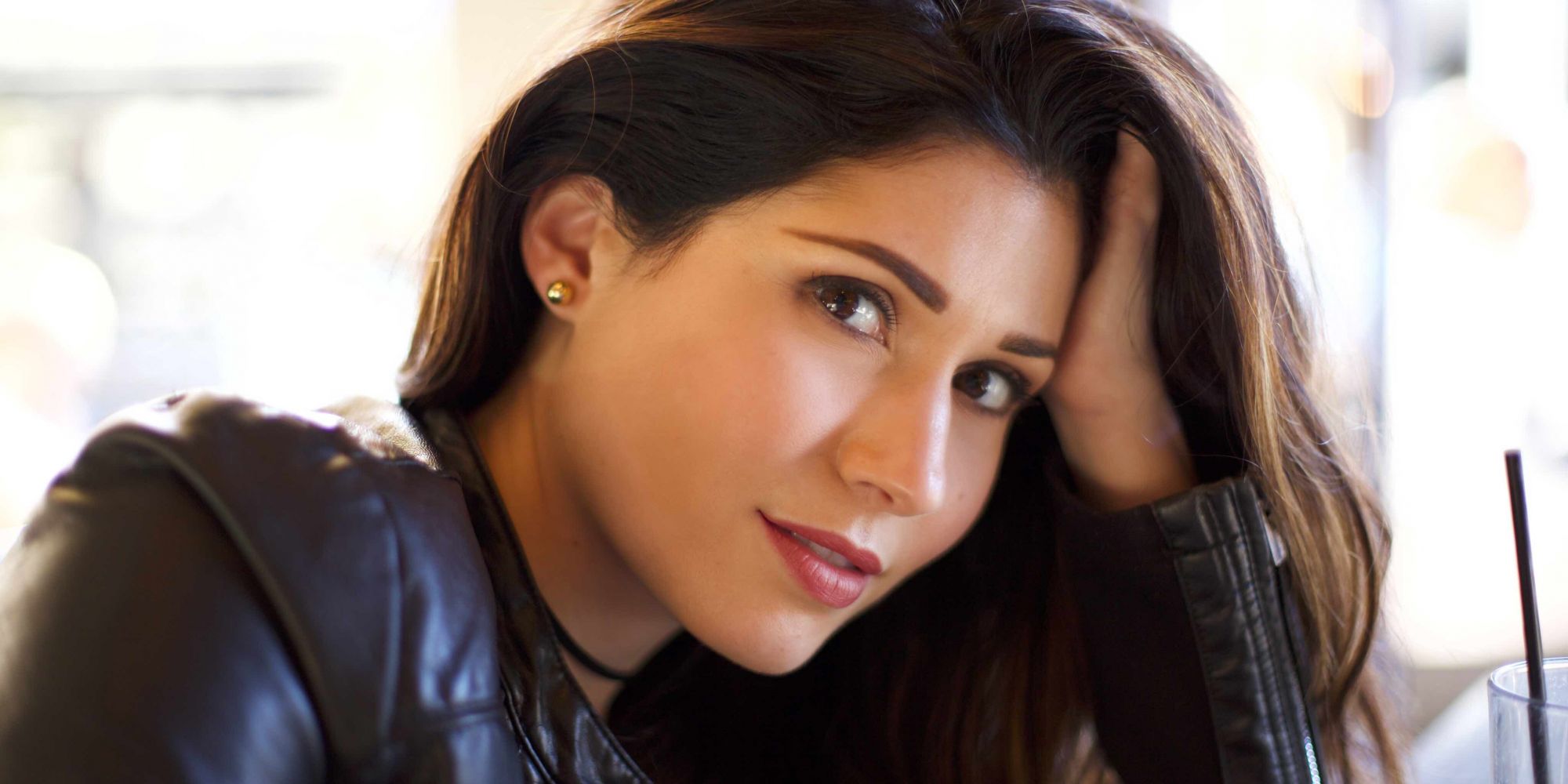
Babe + Beauty Blogger And Aesthetician Dana Murray Is A Skincare Fact Checker Par Excellence
Dana Murray, the aesthetician and clean beauty blogger behind Babe + Beauty, has no problem telling it like it is, even if it means pissing off her fans. With 14 years in the skincare industry, she has the knowledge to back up the in-depth beauty information she provides. Murray breaks down ingredients such as phthalates, glycolic acid and CBD, busts skincare myths like all synthetics are awful, drinking water boosts skin moisture and face washing in the shower is bad, and recommends products, including Captain Blankenship’s Mermaid Dry Shampoo, Biossance’s 100% Squalene Oil and NKD SKN’s Gradual Glow Daily Tanning Moisturizer. As Murray doles out advice, she’s careful to do it with a message of self-acceptance. “One of the main reasons I started my blog was to help women feel good about themselves. Isn’t it true if you look good to yourself, you feel good, and feeling good often leads to higher self-confidence?” she says in an Instagram post. “If I can help someone achieve that through skincare [and] health, then I have done my job.” Beauty independent caught up with Murray to discuss social media, brand partnerships, beauty research and the possibility of launching a skincare brand.
You grew up in Las Vegas. How did that impact your idea of beauty?
I ran the opposite direction from the stereotypical Vegas lifestyle. You know, lashes, glitter and everything over the top. As a result, I’m more of a natural gal, and I focus more on the health of the skin. Now that I’m in San Diego, I actually spend a lot more time outdoors because it’s quite cooler than Las Vegas. I’ve just been more diligent about my sunscreen application and the importance of using hats.
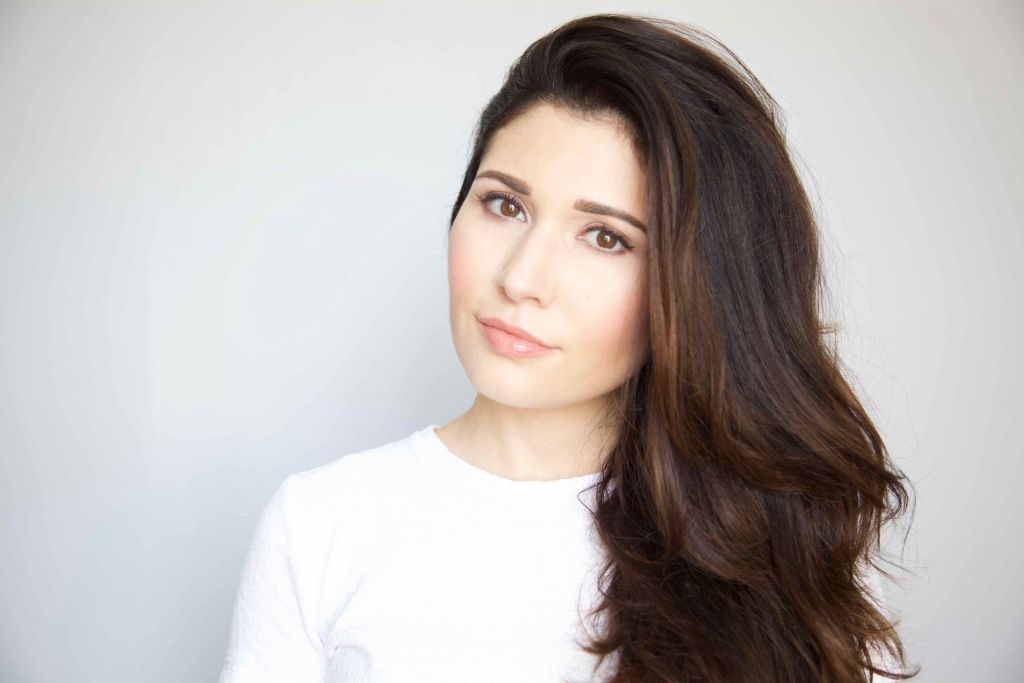
Do you blog full-time?
I work for in product development for a skincare company full-time, but I always manage to put a post up or find myself spending a lot of time on the weekends writing posts and planning my content.
What have you learned from working professionally at a skincare company that helps you with blogging?
That’s what makes me unique. That, plus being an esthetician. I’ve been in this industry for 14 years in different capacities. I see the new trends. I’m always in product development labs, and I get first-hand knowledge from the chemists on what is good, and what is up and coming. I get a lot of inspiration from my job. My whole world is beauty, and I always wake up with thoughts on what to post or things to try. It certainly lends itself to blogging.
How did your blog get started?
When I was living in Las Vegas, I wrote beauty articles for local magazines and always loved it. I also worked at some world-class hotel property spas and have given so many treatments. I felt I had to share what I had learned. I felt like there was a lot of bad information out there. I want people to be able to feel and look their best and, for that to happen, I needed to share the correct information. One day, I logged on Squarespace, and this is what is happened.
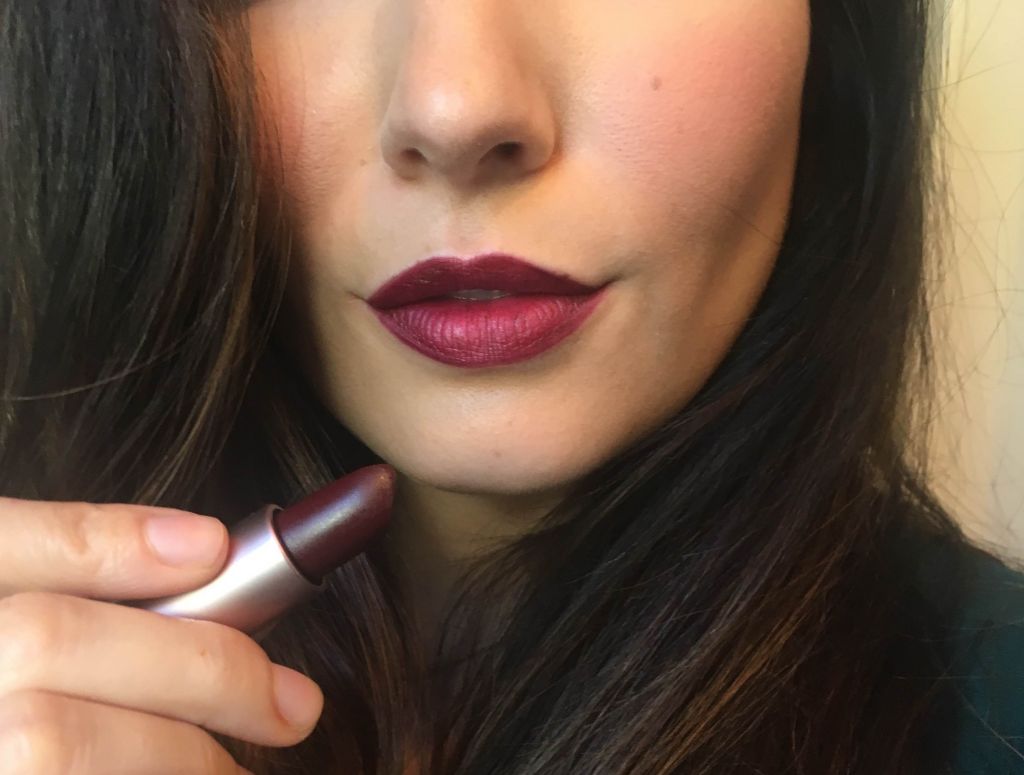
Did you think you’d become an influencer?
I honestly didn’t know what would come about because there are so many amazing influencers out there with their own perspectives or cult followings. I just knew what I had to offer in the beauty space, and I had confidence in that.
What do you wish brands knew about working with influencers?
Moisturizer isn’t going to pay my rent. That’s really what some of it comes down to. And send more information with your products, even if it’s a one-sheeter. Also, don’t send travel sizes. I want to take beautiful photos for you and promote what you’ve worked so hard on, so allow me the ability to have the best advantage. I think the more you can give, it makes for a better post.
How do you choose products or brands to feature?
I have a pretty large blacklist of ingredients that I will not talk about or use. I focus on clean beauty, and I will not use something tested on animals, that has synthetic fragrance or that has formaldehyde-releasing ingredients. Anything on my blacklist will get declined. That’s pretty straightforward.
A product or brand also needs to inspire me with innovation or have a point of differentiation, something that will grab the attention of my audience and myself. Another scrub or face oil that I could make in my kitchen isn’t going to achieve that. I want something cool and interesting.
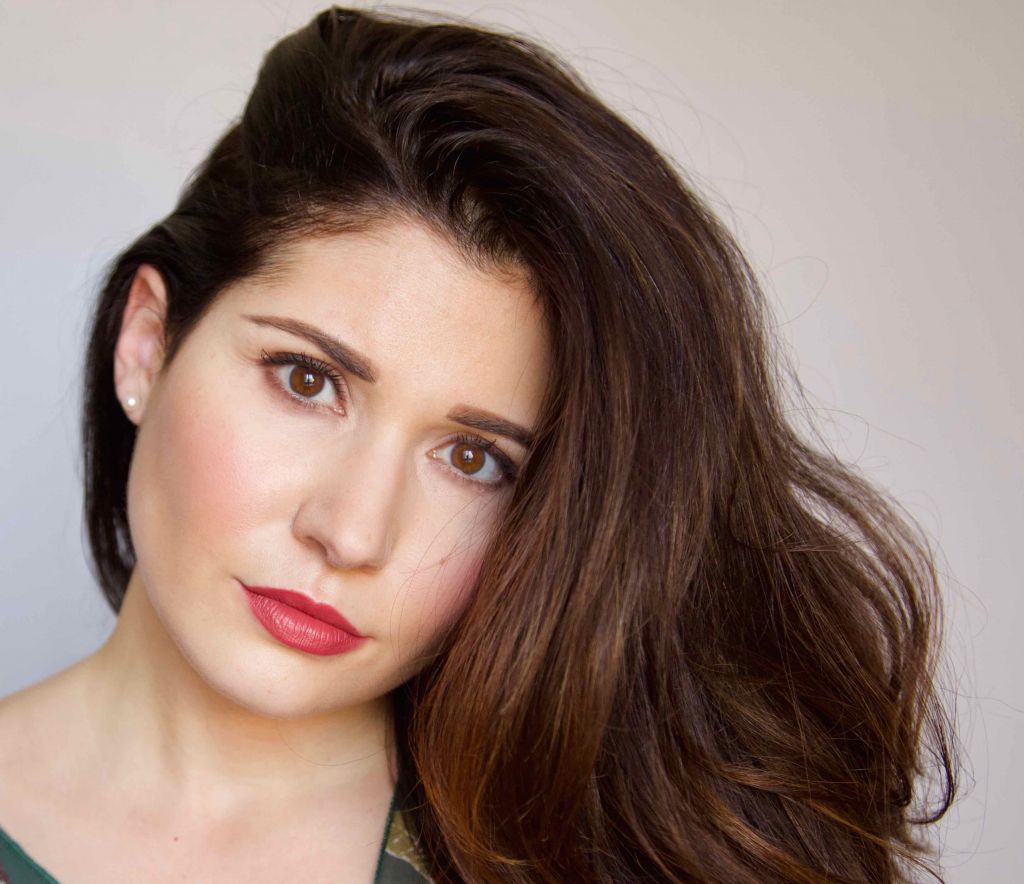
How do you prefer to work with brands?
I’m such an idea person, so I love collaborating as a partnership. I prefer them to present ideas to me, let me present ideas to them and us to adjust as necessary. It’s not straightforward like a sponsored post. I would rather be a brand ambassador of sorts.
Your blog is highly informative. Where do you turn to for the research you do for it?
I’m always looking on different websites like the American Academy of Dermatology. I read studies and journals all of the time. I also gather quite a bit of insight from my own experience on the job, and through my education and working with brands. If I have a really deep question, I will ask our chemists. I have a lot my resources at my fingertips, but I’m constantly reading and looking into proven things.
You recently posted a piece on the pros and cons of silicones in beauty. How have your readers reacted?
Many were surprised that it’s a noncomedogenic ingredient, but rather helps the absorption of those that aren’t. It’s one of those things that works for some and doesn’t work for others. I got different responses that were very personal [and] a mixed bag. For example, “I love the way it works for my hair, but hate it on my skin,” and vice versa.
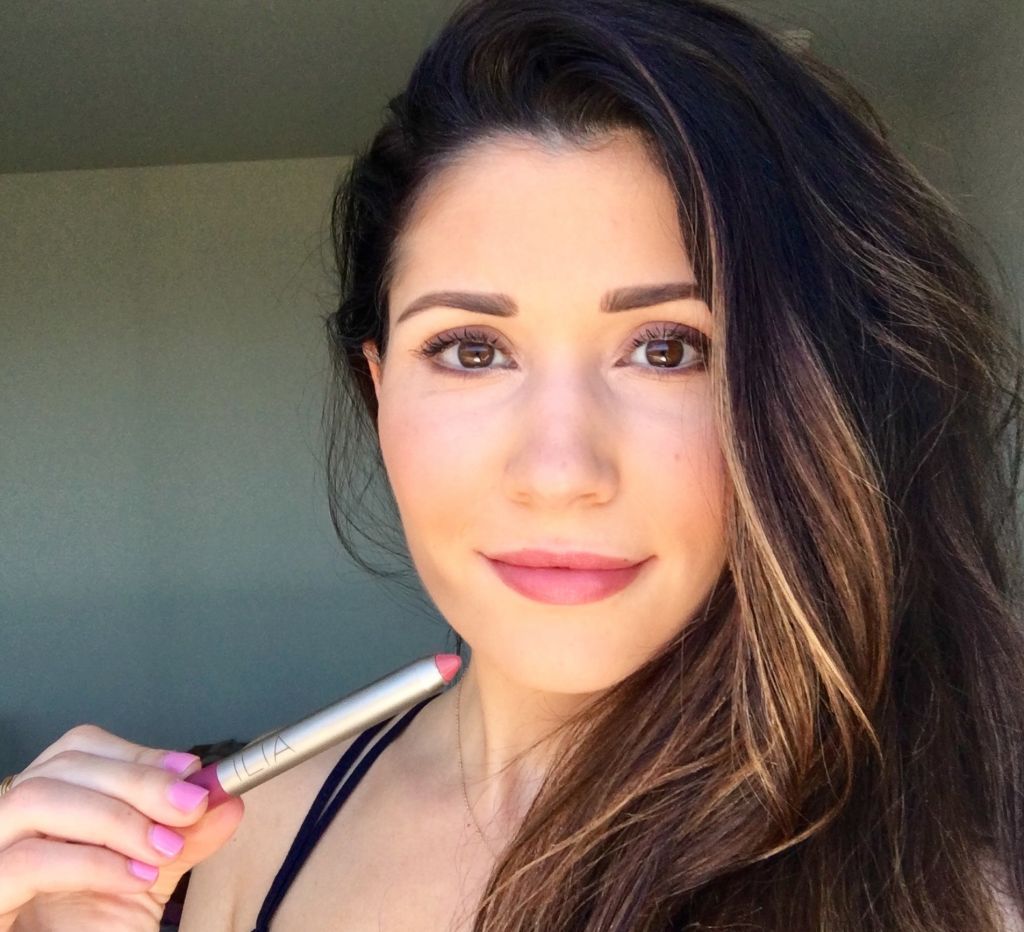
What’s a beauty myth that you’ve busted on your blog, and what was the response?
So many people were surprised about vitamin C not making your skin more sensitive in the sun. They see it as an acid that sensitizes, but it actually fosters sun protection and should be worn under sunscreen.
People also lost their marbles about me claiming that synthetic ingredients can be safe. They can actually be more stable and more humane or vegan. I got a lot of people that said a clean beauty blogger shouldn’t be saying this, but who are they to decide where I draw the line? As much as I think there needs to be regulation in the actual industry, there is no definition as to clean or natural and, especially for bloggers, everyone has their own.
Why do you think the indie beauty movement has momentum?
People are more excited about brands that have inspiration behind their products, compelling stories, a founder they can relate to and is hands-on, and not just another lab-created product. Of course, there is a place for a lab, but it’s so much more appealing to support someone you have a connection with.
Are you attending Indie Beauty Expo New York in August?
I’m sad I have to miss the New York show, but I am planning on attending LA in January. I can’t wait to see who is represented. There are always brands I’ve learned about solely from IBE that I really love like Kypris and Kopari.
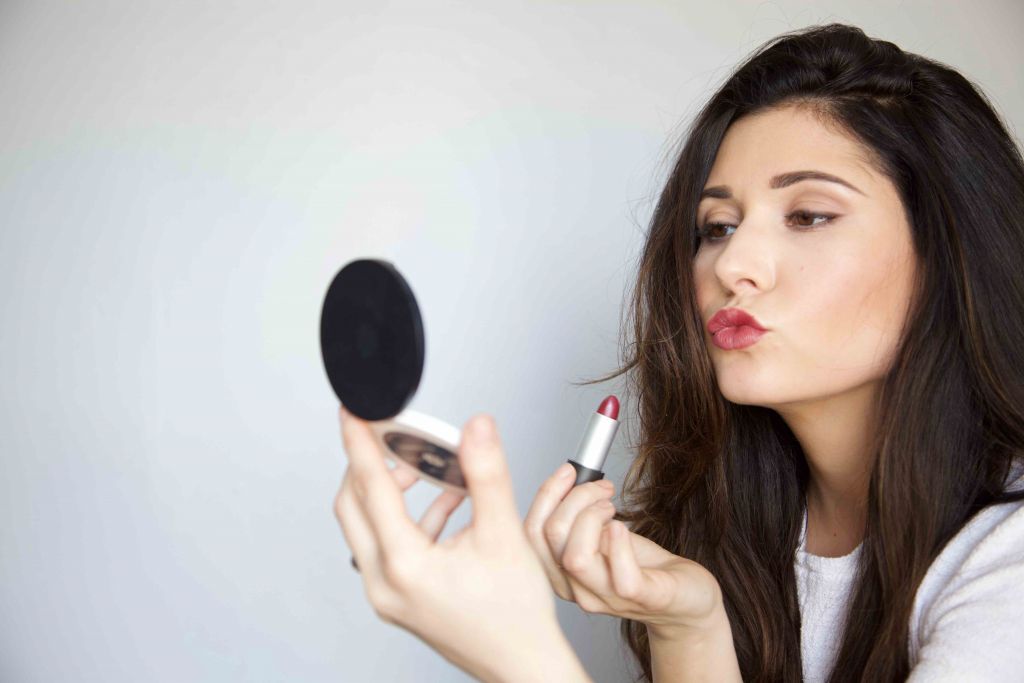
What are your thoughts on the progression of social media?
Instagram will likely dominate as the top platform. It is so visual and, now with IGTV, it’s evolving. I feel that people like to see video instead of reading, it feels like a genuine interaction. I honestly don’t even know if long-form blogging will stick around.
What’s next for you?
I want my own skincare line. That has been my ultimate goal since I went to school in 2004, but I knew I needed to have the experience and knowledge base to see exactly what goes into it. Working with many products on the skin and for a company that develops them, I’m currently getting the full education. The brand will be unique, unisex, for everyone, and easy to use and understand. It has to be good for planet and good for people.
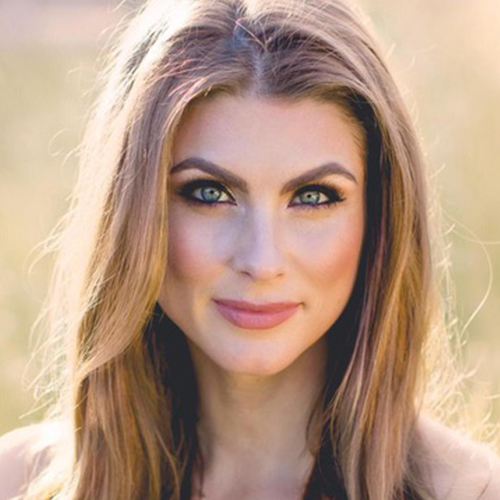
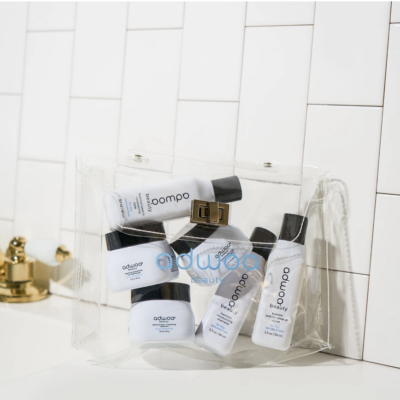
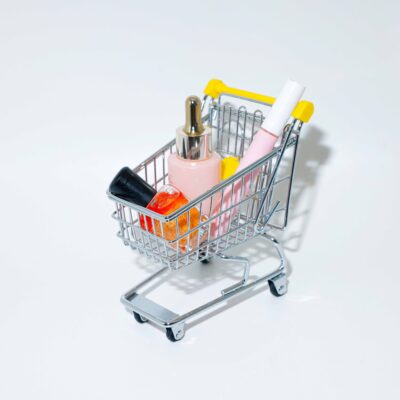


I love to help the startups grow and be successful without financial burden or stress.